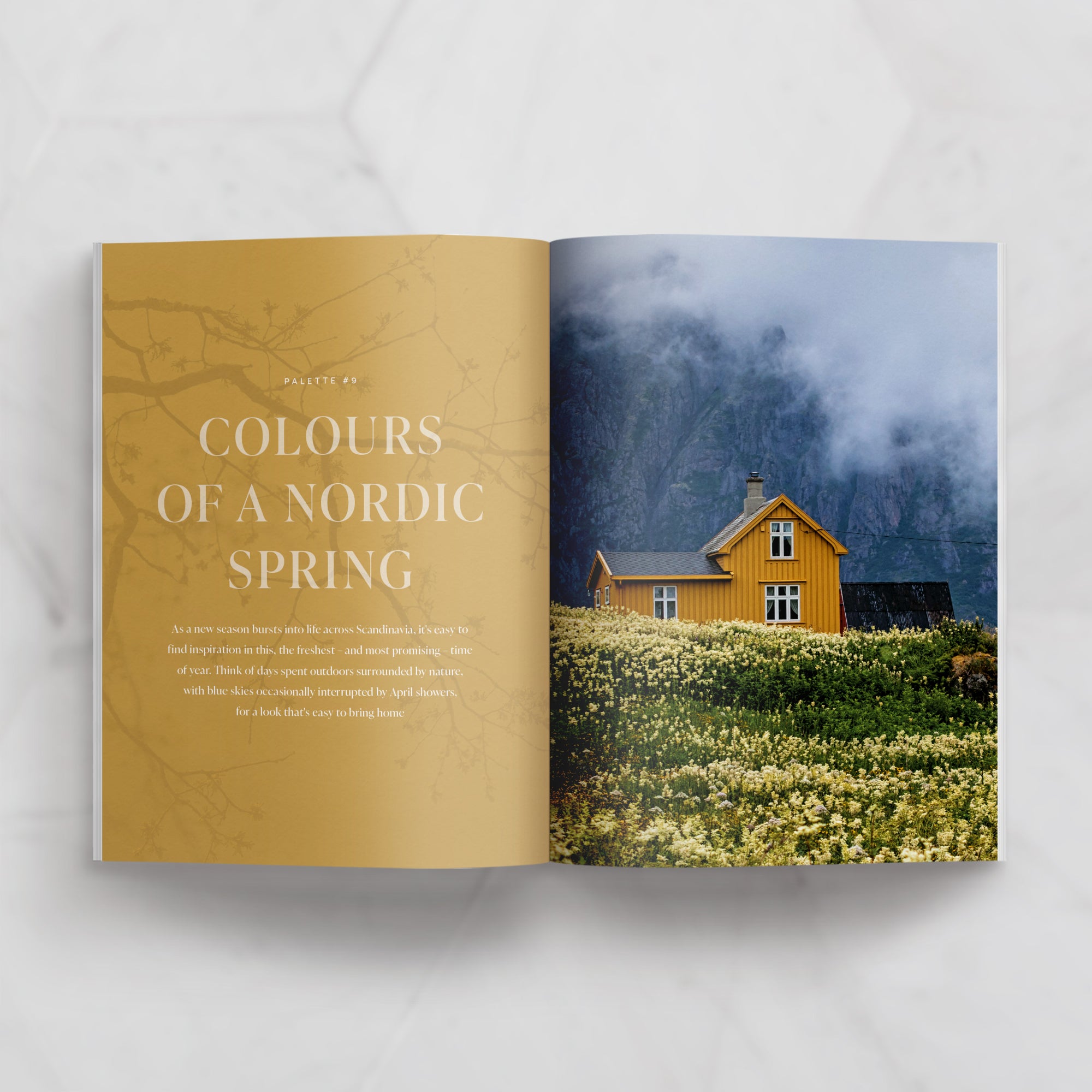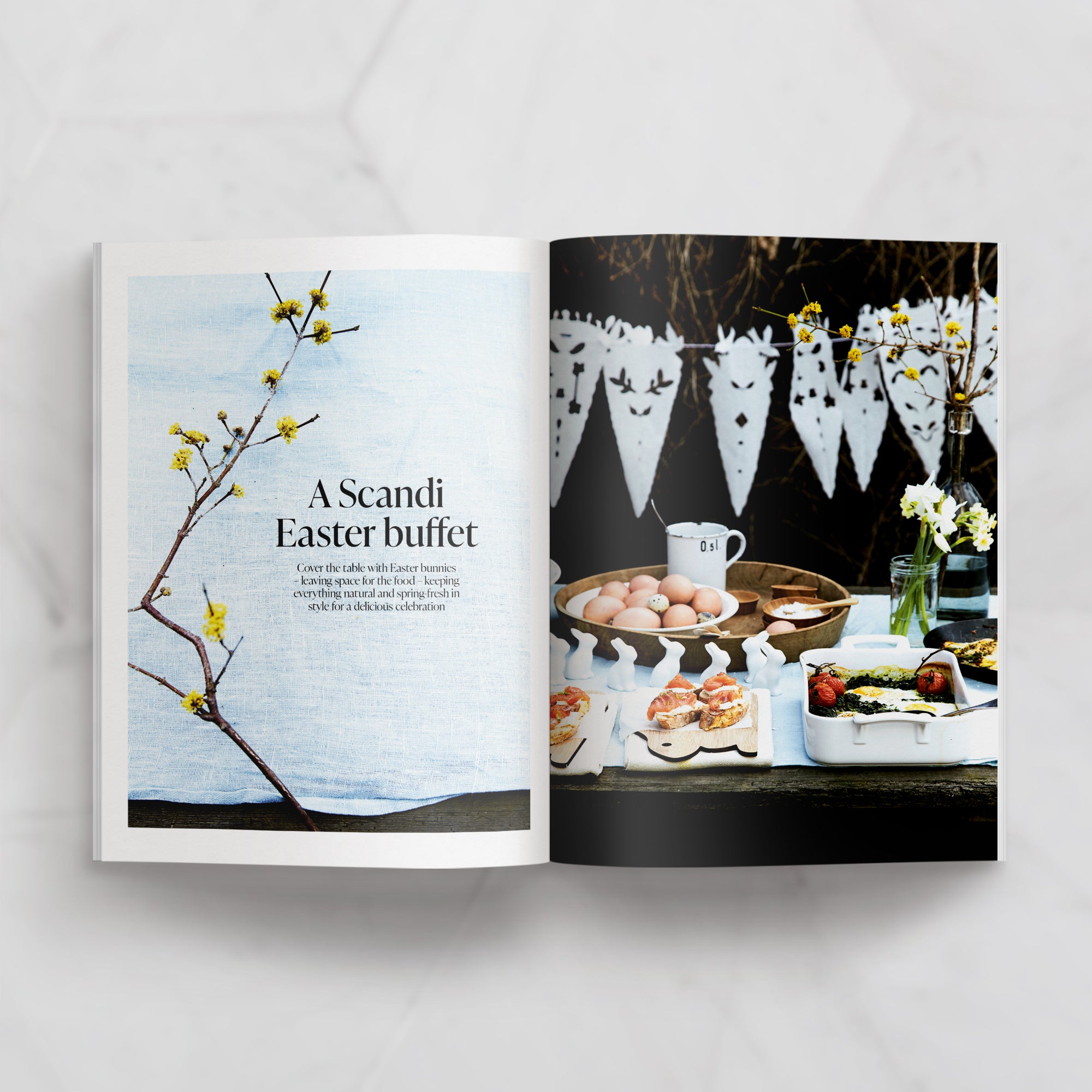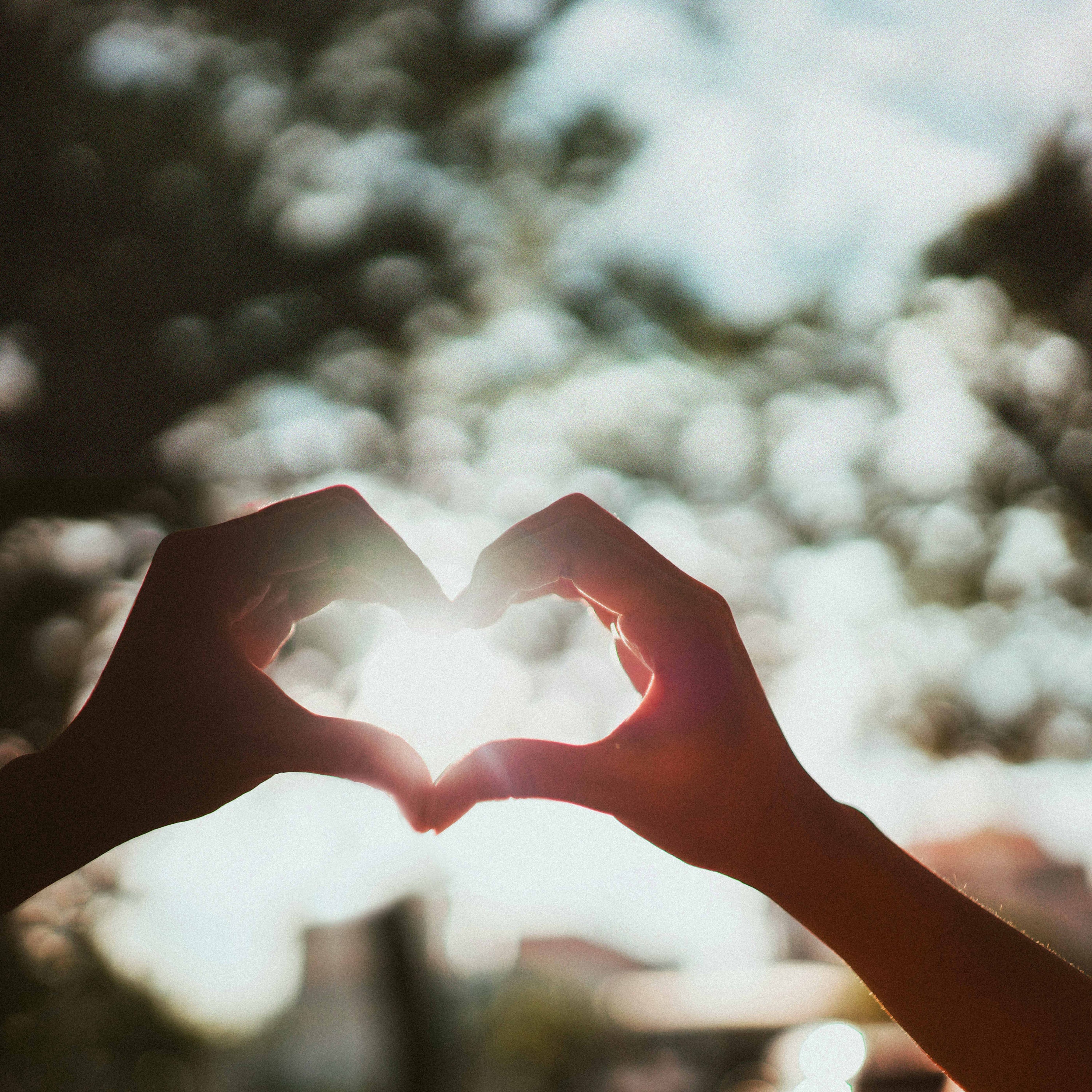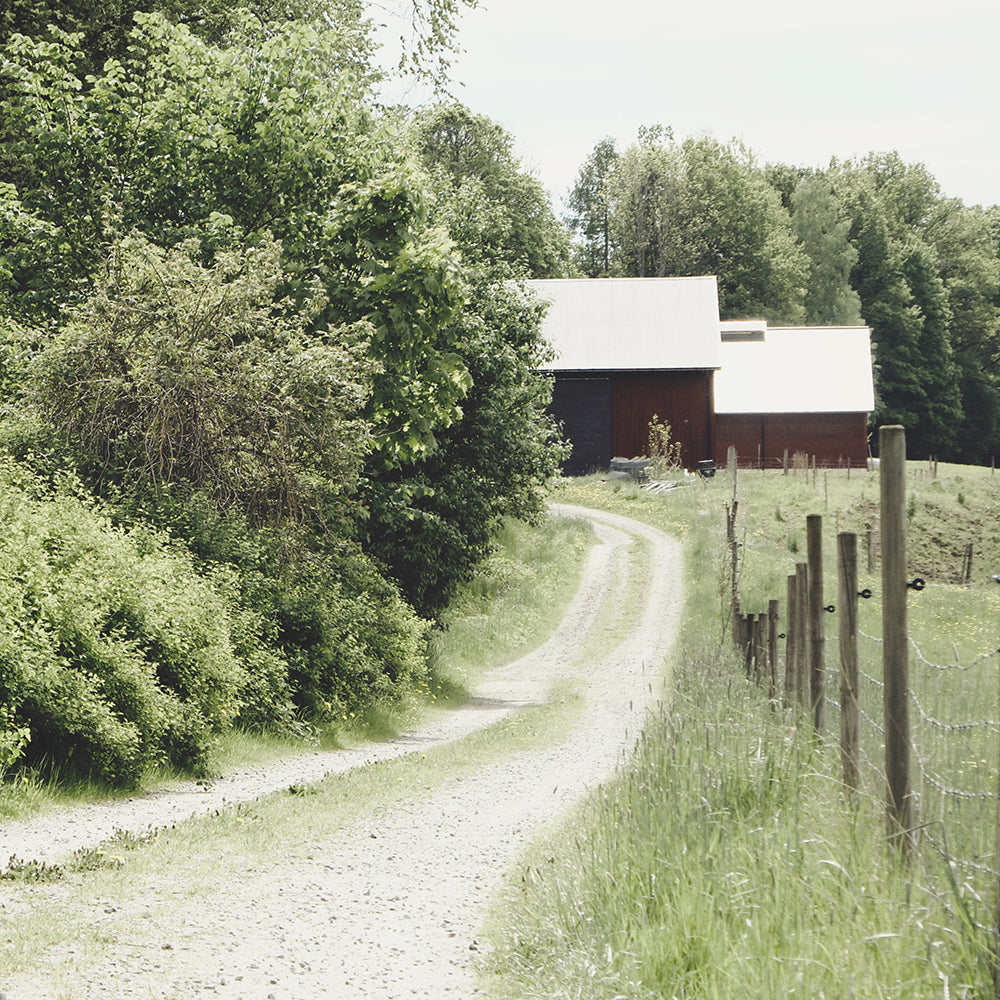How the Swedes welcome in Spring (there's nothing quite like it)
Spring in Sweden officially starts on 1 March – although unofficially, it’s when the temperature rises to between 0-10°C for seven consecutive days, which can be anywhere between February and May, explains Niki Brantmark, an ex-Londoner who’s made Malmö home
After months of snow-covered landscapes and harsh weather, there’s nothing quite like the sound of trickling water from the first thaw of snow. Spring flowers also mark the end of a long, cold winter, with the delicate petals of snowdrops, crocuses, hyacinths and coltsfoot a welcome sight. In the country, white and yellow wood anemone appear like stars on the forest floor and streams babble through ravines.

The trees spring to life with vibrant green shoots and great flocks of birds fly overhead, returning from their migration south. But these aren’t the only signs of life. Swedes appear blinking after months of hibernating indoors, faces angled towards the sun, taking in its warmth, and the sound of children playing fills the streets again.
Bulky winter coats and snow boots are swapped (but not stored away just yet…) for lighter spring jackets, and the outdoor seating in cafés and restaurants start to fill up as people rush to soak up the spring sunshine. “It’s as if everything bursts into life, from the trees to the people; we feel positive, energised and happy,” Carina Grefmar, an upholsterer, enthuses. “Spring marks the return of simple things we’ve missed, like being able to sit outside and have a drink with a friend in the warm sunshine, rather than being cooped up indoors.”
In the countryside, folk gather to watch kosläpp (meaning ‘cow release’), an annual occurrence when farmers open the barn doors to allow cows back outside to the meadows after spending winter indoors. It’s become a hugely popular event. “Watching the cows leap back out into the spring sunshine is always a joyous sight,” my friend Jenny Wahlgren tells me. “The dairy farmers often hand out milk and cinnamon buns to mark the occasion.”
The spring clear-up
Meanwhile, villages set about clearing their gardens and taking the debris to a local bonfire site, ready for Valborgsmässoafton (Walpurgis Night). Falling on April 30 and simply referred to as Valborg, this Swedish celebration was traditionally believed to ward off evil spirits, but today it’s a perfect excuse to get rid of garden waste and gather to celebrate spring.
“I love Valborg, it’s a low-key, simple celebration with a focus on togetherness,” my friend Sofie Lejdström explains. “We gather around a bonfire and listen to a choir, and there’s usually a speech. It’s the perfect way to rejoice that the harsh months are behind us, with brighter days ahead.” Meanwhile, students party the night away, making the most of the May Day bank holiday the next day.
Easter celebrations
Of course, Easter forms a part of such spring celebrations, but when it arrives, Swedes are ready to head out of town. Being a relatively secular bunch, the holiday is taken as an opportunity to open their summer cottages for the season. Hearths are swept and rugs are beaten. Bright-coloured feathers appear on bushes and children dress as Påskkärring (Easter witches) with bold-coloured head scarves, rosy cheeks and freckles, before knocking on doors in quests for sweets. Families gather on Easter Saturday and tuck into a smörgåsbord of pickled herring, salmon, Jansson’s Temptation (a dish of potatoes, cream and anchovies) and lots of egg dishes, before heading out to see what the Påskhare (Easter bunny) has left behind.
Spring is a time to be prized by everyone – young and old – and it’s quickly become my favourite season.










